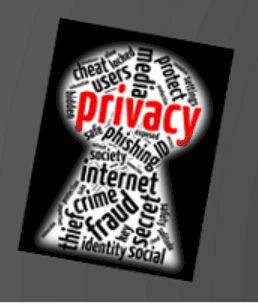This is a sponsored post sharing 5 tips for safer browsing.
Browsing online is fun, but also has some risks. Lowering your risk of spam, viruses, and hacking can be done in just a few simple steps. Leave your own tips in the comments!

1. Creating a password should take a little brain power. Don’t use your child’s name, your birthday, or even your dog’s name. Use a combination of letters and numbers – and if the site allows, special characters (@#($*^@#) as well. Do not use the same password for multiple accounts. Yes, having a different password for each account is a huge pain in the tush! But a bigger pain will come if your credit card is used – or your identity is stolen.
2. Ditch your old browser (*cough* Internet Explorer), and upgrade to Google Chrome or Firefox. These browsers are more secure and much more user-friendly!
3. Invest in Anti-Virus software. While there are legitimate free antivirus programs available online, you should beware of fake sites that actually <i>carry</i> viruses and trick you into downloading their program when you really think it’s an antivirus.
4. Be smart while using email – or anything online, really. Never enter personal information such as your social security number in an email or online form (unless it’s a secure site that you trust). Don’t click on links – even from friends – unless you know where they’re taking you. Never download attachments unless you scan them with your Anti-Virus program first.
5. Never access sites like Paypal or your bank account while using public wi-fi, even if it says it’s secure. It’s too easy for others to get your information this way. Wait until you’re on your home internet to access financial sites like these.

Deborah says
Good advice. Especially the part about not using your child’s name for a password.
Marie says
I’m no good at lowering my risk of viruses and that kind of thing… I’m always getting hit!